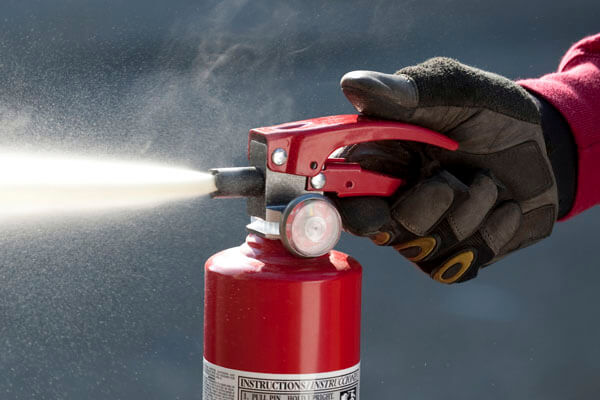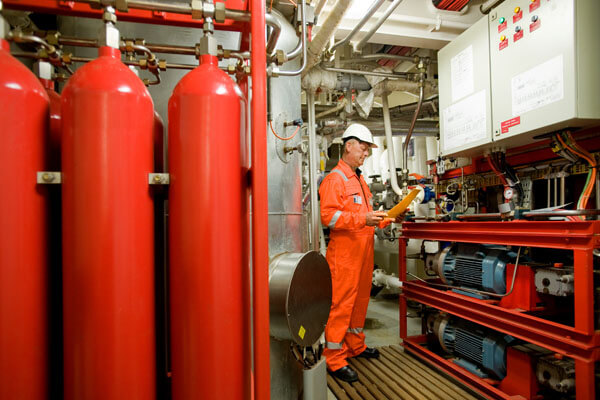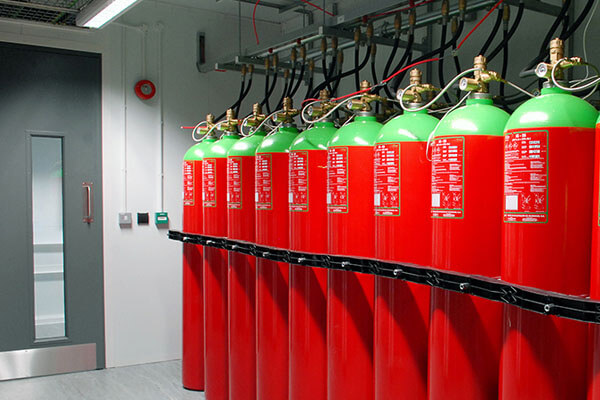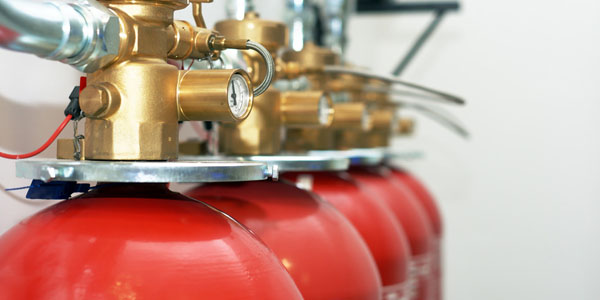INTRODUCTION:
Fire extinguisher maintenance is important for several reasons:
• It ensures that the fire extinguisher is operable and effective at all times. A poorly maintained fire extinguisher may not work when you need it most, or it may malfunction and cause injuries or damage.
• It extends the lifespan of the fire extinguisher. A well-maintained fire extinguisher can last for many years and save you money on replacement costs.
• It complies with the legal requirements and standards. Fire extinguisher maintenance is regulated by various laws and codes, according to the UK Standard. Failing to maintain your fire extinguishers may result in fines, penalties, or legal liabilities.
PHASES, FREQUENCY AND RELATIVE STANDARDS OF THE MAINTENANCE:
Fire extinguisher maintenance includes inspection, testing and servicing of the fire extinguishers according to the manufacturer’s instructions and the relative standards.
The frequency of maintenance depends on the type of fire extinguisher, but generally it should be done as follows:
• VISUAL INSPECTION: The first phase of fire extinguisher maintenance is the visual inspection. It should be conducted monthly, recording the month and the year of the inspection, to identify any visible signs of damage, such as dents, corrosion, or leakage. Inspectors should also ensure that the pressure gauge indicates the correct pressure level. Extinguishers in locations that expose them to rust, impact or tampering should be inspected more often to ensure that it can be used reliably and effectively in case of emergency.
• INTERNAL MAINTENANCE: Fire extinguisher maintenance needs to be performed every year by a certified person and consists in the examination of fire extinguishers mechanical parts, extinguishing agent, expelling means and physical condition. Each fire extinguisher will have then a tag or label securely attached, indicating that maintenance was performed.
• HYDROSTATIC TESTING: Depending on the type of extinguisher, these are done either every 5 or 12 years by trained and certified technicians. During a hydrostatic test, the extinguisher undergoes an internal and external inspection: it’s stripped of most of its components except the shell and hose and filled with pressurized water for a specific duration. If the cylinder fails the hydrostatic test (leakage, distortion, etc) it must be discarded.
• DOCUMENTATION: Maintaining proper records of fire extinguisher maintenance is essential for regulatory compliance and liability purposes. Detailed documentation should include the date of each inspection, the name of the inspector, and a summary of any maintenance or repairs performed. This information serves as proof of compliance with safety regulations and can be valuable during audits or insurance claims. Proper documentation also aids in establishing a regular maintenance schedule and ensures timely follow-up inspections.
CONCLUSION:
Fire extinguisher maintenance is a vital aspect of fire safety that should never be overlooked.
Having a fire extinguisher is not enough to ensure safety. Regular maintenance is crucial to guarantee their reliability in case of emergencies.
By following the different phases of maintenance, fire extinguishers can be kept in optimal condition, ready to protect lives and property when a fire emergency occurs
DO YOU HAVE ANY QUESTIONS ABOUT?
Don’t wait to contact us now by sending an email to info@bio-genesis.it! Our experts are at your complete disposal to guide you in choosing the most suitable product for your fire-fighting needs.





